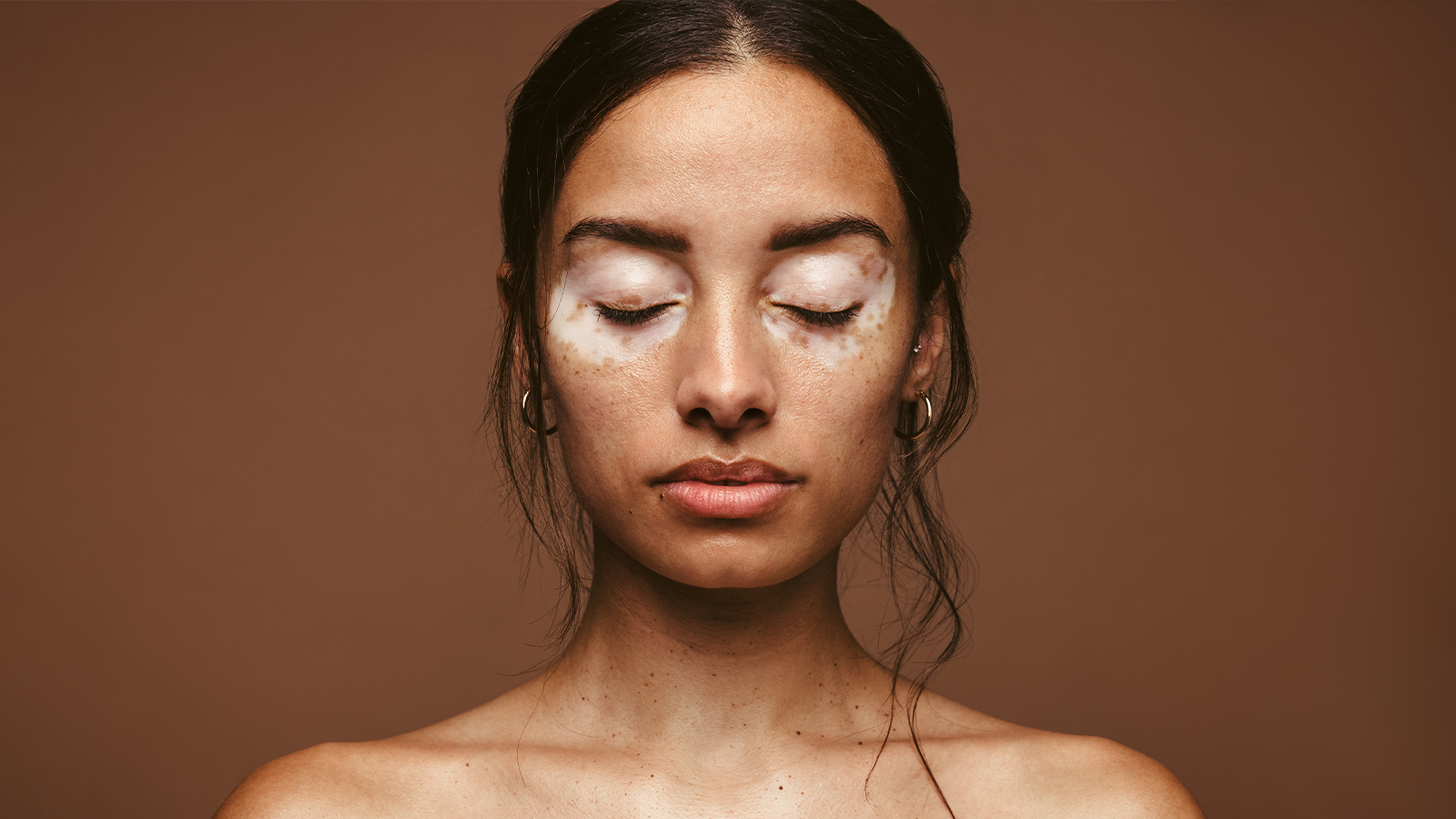Can Vitiligo Be Cured?
Understanding the Causes, Symptoms, and Treatment Options
Vitiligo is a skin condition that affects millions of people worldwide. It is a non-contagious disorder that occurs when the cells that produce melanin, the pigment that gives color to our skin, stop functioning or die. This results in the appearance of white patches on the skin, hair, and mucous membranes. In this article, we will explore the most common questions about vitiligo, its causes, symptoms, and available treatments.

Top Questions About Vitiligo:
1. What Are the Symptoms of Vitiligo?
The most common symptom of vitiligo is the appearance of white patches on the skin. These patches can appear on any part of the body and may gradually increase in size over time. In some cases, vitiligo can also affect the hair and cause premature greying or loss of colour.
2. What Causes Vitiligo?
The exact cause of vitiligo is still unknown, but it is believed to be an autoimmune disorder. This means that the immune system mistakenly attacks and destroys the melanocytes, the cells that produce melanin. Other factors that may contribute to the development of vitiligo include genetics, stress, and exposure to certain chemicals.
3. Is Vitiligo Hereditary?
Yes, vitiligo can be hereditary. It is estimated that up to 30% of people with vitiligo have a family history of the condition. However, having a family member with vitiligo does not necessarily mean that you will also develop the condition.
4. Can Vitiligo Be Cured?
Currently, there is no known cure for vitiligo. However, there are various treatments available that can help to improve the appearance of the skin and reduce the spread of the white patches. These treatments include topical corticosteroids, phototherapy, and skin grafting.
5. How Is Vitiligo Diagnosed?
Vitiligo is usually diagnosed based on the appearance of the white patches on the skin. A dermatologist may also perform a skin biopsy or blood tests to rule out other possible causes of the symptoms.
6. How Does Vitiligo Affect Mental Health?
Living with vitiligo can be challenging, especially for those who develop the condition at a young age. The visible changes in appearance can lead to feelings of self-consciousness, low self-esteem, and depression. It is important to seek support from family, friends, and mental health professionals to manage the emotional impact of vitiligo.
In conclusion:
Vitiligo is a skin condition that can have a significant impact on a person’s physical and mental health. Although there is currently no cure for vitiligo, there are various treatments available that can help to manage the symptoms and improve the quality of life for those affected by the condition. If you are experiencing any symptoms of vitiligo, it is important to consult a dermatologist for an accurate diagnosis and appropriate treatment.
